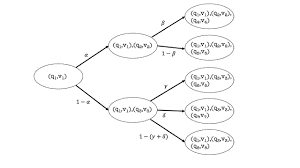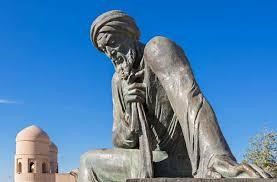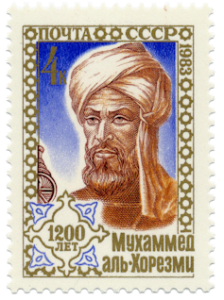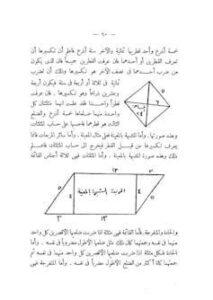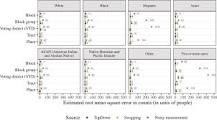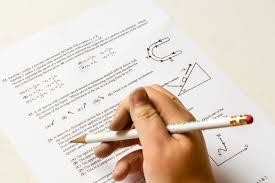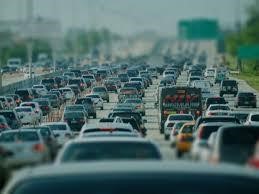Imagine a small village where every action someone takes, good or bad, is quietly followed by ever-attentive, nosy neighbours. An individual’s reputation is built through these actions and observations, which determines how others will treat them. They help a neighbour and are likely to receive help from others in return; they turn their back on a neighbour and find themselves isolated. But what happens when people make mistakes, when good deeds go unnoticed, or errors lead to unjust blame?
Here, the study of behaviour intersects with Bayesian and abductive reasoning, says Erol Akçay, a theoretical biologist at the University of Pennsylvania’s School of Arts & Sciences.
Bayesian reasoning refers to a method for assessing probability, in which individuals use prior knowledge paired with new evidence to update their beliefs or estimates about a certain condition, in this case the reputation of other villagers. While abductive reasoning involves a simple “what you see is what you get” approach to rationalizing and making a decision, Akçay says.
In two papers, one published in PLoS Computational Biology and the other in the Journal of Theoretical Biology, researchers from the Department of Biology explored how these reasoning strategies can be effectively modeled and applied to enhance biologists’ understanding of social dynamics.
Making the educated guess
The PLoS Computational Biology paper investigates how Bayesian statistical methods can be used to weigh the likelihood of errors and align the judgments of actors within a social network with a more nuanced understanding of reputation. “It’s something we may commonly do when we’re trying to offer up an explanation for some phenomena with no obvious, straightforward, or intuitive solution,” Akçay says.
Bryce Morsky, a co-author on both papers and now an assistant professor at Florida State University, began the work during his postdoctoral research in Akçay’s lab. He says that he initially believed that accounting for errors in judgment could substantially enhance the reward-and-punishment system that underpins cooperation and that he expected that a better understanding of these errors and incorporating them into the model would promote more effective cooperation.
“Essentially, the hypothesis was that reducing errors would lead to a more accurate assessment of reputations, which would in turn foster cooperation,” he says.
The team developed a mathematical model to simulate Bayesian reasoning. It involved a game-theoretical model where individuals interact within a framework of donation-based encounters. Other individuals in the simulation assess the reputations of actors based on their actions, influenced by several predefined social norms.
In the context of the village, this means judging each villager by their actions—whether helping another (good) or failing to do so (bad)—but also taking into account their historical reputation and the potential that you didn’t assess correctly.
“So, for example, if you observe someone behaving badly, but you thought they were good before, you keep an open mind that you perhaps didn’t see correctly. This allows for a nuanced calculation of reputation updates,” Morsky says. He and colleagues use this model to see how errors and reasoning would affect the villagers’ perception and social dynamics.
The five key social norms the study explores are: Scoring, Shunning, Simple Standing, Staying, and Stern Judging; each affects the reputation and subsequent behaviour of individuals differently, altering the evolutionary outcomes of cooperative strategies.
“In some scenarios, particularly under Scoring, Bayesian reasoning improved cooperation, Morsky says. “But under other norms, like Stern judging, it generally resulted in less cooperation due to stricter judgment criteria.”
Morsky explains that under Scoring a simple rule is applied: It is good to cooperate (give) and bad to defect (not give), regardless of the recipient’s reputation. Whereas under Stern judging not only are the actions of individuals considered, but their decisions are also critically evaluated based on the reputation of the recipient.
In the context of the nosy-neighbours scenario, if a villager decides to help another, this action is noted positively under Scoring, regardless of who receives the help or their standing in the village. Conversely, under Stern Judging if a villager chooses to help someone with a bad reputation it is noted negatively, the researchers say.
He adds that lack of cooperation was particularly evident in norms where Bayesian reasoning led to less tolerance for errors, which could exacerbate disagreements about reputations instead of resolving them. This, coupled with the knowledge that humans do not weigh all the relevant information prior to deciding who to work with, prompted Akçay and Morsky to investigate other modes of reasoning.
More than just a hunch
While working in Akçay’s lab, Morsky recruited Neel Pandula, then a sophomore in high school. “We met through the Penn Laboratory Experience in the Natural Sciences program,” Morsky says. “In light of the Bayesian reasoning model, Neel proposed abductive reasoning as another approach to modeling reasoning, and so we got to writing that paper for the Journal of Theoretical Biology, which he became first author of.”
Pandula, now a first-year student in the College of Arts and Sciences, explains that he and Morsky used Dempster-Shafer Theory—a probabilistic framework to infer best explanations—to form the basis of their approach.
“What’s key here is that Dempter-Shafer Theory allows for a bit of flexibility in handling uncertainty and allows for integrating new evidence into existing belief systems without fully committing to a single hypothesis unless the evidence is strong,” Pandula says.
For instance, the researchers explain, in a village, seeing a good person help another good person aligns with social norms and is readily accepted by observers. However, if a villager known as bad is seen helping a good person, it contradicts these norms, leading observers to question the reputations involved or the accuracy of their observation. Then they use the rules of abductive reasoning, specifically the Dempster-Shafer theory, considering error rates and typical behaviours to determine the most likely truth behind the unexpected action.
The team anticipated that abductive reasoning would handle errors in reputationassessments more effectively, especially in public settings in which individuals may be pressured one way or another resulting in discrepancies and errors. Under Scoring and the other norms, they found that abductive reasoning could better foster cooperation than Bayesian in public settings.
Akçay says that it came as a bit of a surprise to see that in navigating social networks, such a simple “cognitively ‘cheap, lazy’ reasoning mechanism proves this effective at dealing with the challenges associated with indirect reciprocity.”
Morsky notes that in both models the researchers chose not to factor in any cost of a cognitive burden. “You’d hope that performing a demanding task like remembering which individuals did what and using that to inform you on what they’re likely to do next would yield some positive, prosocial outcome. Yet even if you make this effort costless, under Bayesian reasoning, it generally undermines cooperation.”
As a follow up, the researchers are interested in exploring how low-cost reasoning methods, like abductive reasoning, can be evolutionarily favoured in larger, more complex social circles. And they are interested in applying these reasoning methods to other social systems.
For more such insights, log into our website https://international-maths-challenge.com
Credit of the article given to Nathi Magubane, University of Pennsylvania
